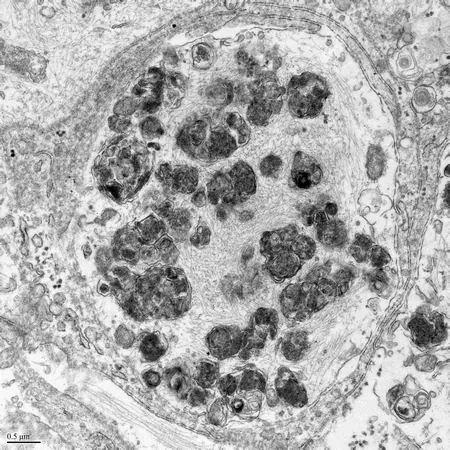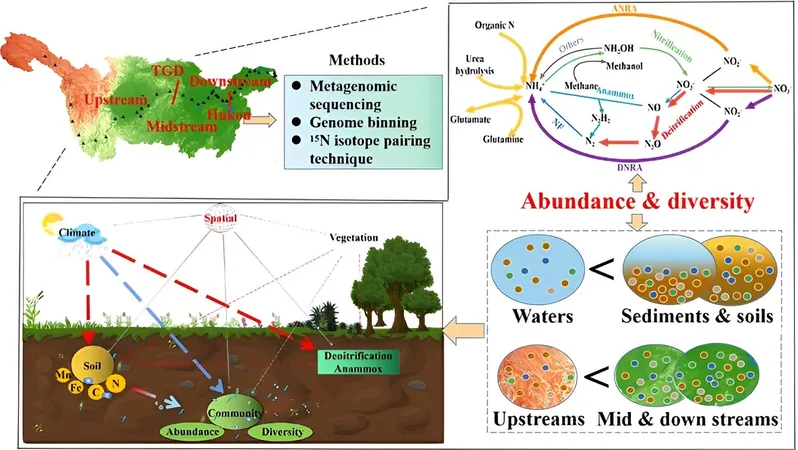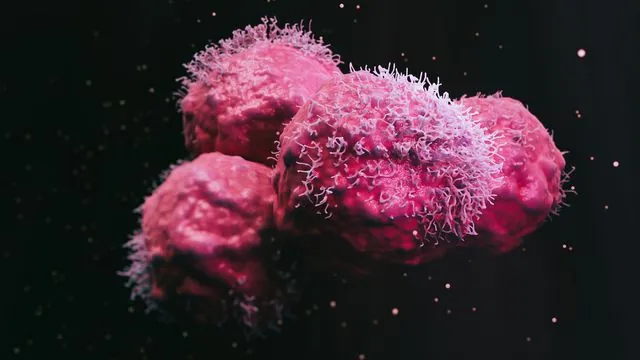
Groundbreaking Study Unmasks the Role of Stem Cells in Parkinson's Disease Mechanism
2024-10-08
Author: Sarah
Introduction
In a pioneering study, researchers at The Neuro (Montreal Neurological Institute-Hospital) affiliated with McGill University have successfully recreated the formation of Lewy bodies, a defining feature of Parkinson's disease (PD), directly from human neurons. This landmark achievement offers vital insights into the mechanisms underlying PD, potentially paving the way for more effective treatments.
The Importance of Lewy Bodies
Lewy bodies, which are abnormal aggregates of misfolded proteins, have been closely linked to various neurological conditions, including Parkinson's disease. Understanding the mechanisms behind their formation is crucial for developing targeted therapies. Detailed findings of this research were published in the prestigious journal Nature Neuroscience on October 8, 2024.
Immune System Connection
The study reveals a novel connection between the immune system and neurological disorders, highlighting the role of immune response in the formation of Lewy bodies. Researchers discovered that Lewy bodies develop primarily when dopaminergic neurons, the cells most affected in Parkinson's disease, are simultaneously exposed to elevated levels of a protein known as alpha-synuclein and an immune response.
Innovative Methodology
Historically, studying Lewy bodies in human neurons required post-mortem brain tissue, which poses significant limitations due to rapid cellular degradation post-mortem. In contrast, this innovative study utilized human stem cells to generate live dopaminergic neurons. By exposing these neurons to alpha-synuclein coupled with an immune challenge, the researchers successfully tracked the formation of Lewy bodies in real-time.
Specificity to Dopaminergic Neurons
Their findings indicate that the formation of Lewy bodies is specifically linked to dopaminergic neurons, as similar procedures performed on other types of neurons, such as cortical neurons, did not result in Lewy body production. Notably, the study identified that in the presence of an immune response, autophagy—the cellular cleanup process—is hindered, further contributing to the aggregation of misfolded proteins. Moreover, the results suggest that Lewy bodies contain not just misfolded proteins but also other cellular organelles and membranes, challenging previous assumptions about their structure.
Expert Insights
Peter McPherson, the study's senior author, emphasized the significance of replicating Lewy body formation in living neurons. He stated, "These findings suggest that genetic predisposition is not the sole contributor to Parkinson's disease, as exposure to the right conditions in otherwise healthy individuals might trigger its onset."
Ph.D. candidate Armin Bayati, the study’s lead author, added, "This research reinforces the idea that an activated immune response plays a crucial role in the progression of Parkinson's disease. Now, the focus must shift to understanding how inflammation, especially from an overly reactive immune system, interplays with alpha-synuclein to facilitate Lewy body formation."
Implications for Future Research
The implications of this groundbreaking study are profound, potentially reshaping the approach to drug development and therapy for Parkinson's disease and other related neurodegenerative disorders. With the immediate goal of further researching inflammatory mechanisms, scientists are optimistic that they are one step closer to unlocking new avenues for treatment.
Conclusion
Stay tuned as we continue to monitor these developments in neuroscience that could reshape the landscape of Parkinson’s disease treatment!



 Brasil (PT)
Brasil (PT)
 Canada (EN)
Canada (EN)
 Chile (ES)
Chile (ES)
 España (ES)
España (ES)
 France (FR)
France (FR)
 Hong Kong (EN)
Hong Kong (EN)
 Italia (IT)
Italia (IT)
 日本 (JA)
日本 (JA)
 Magyarország (HU)
Magyarország (HU)
 Norge (NO)
Norge (NO)
 Polska (PL)
Polska (PL)
 Schweiz (DE)
Schweiz (DE)
 Singapore (EN)
Singapore (EN)
 Sverige (SV)
Sverige (SV)
 Suomi (FI)
Suomi (FI)
 Türkiye (TR)
Türkiye (TR)